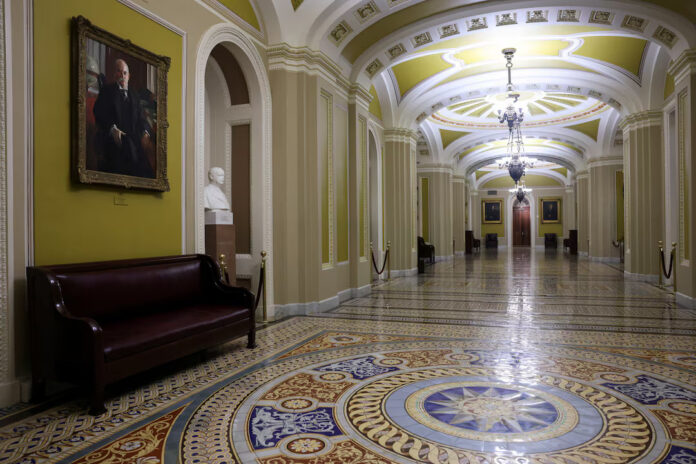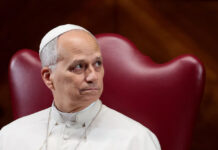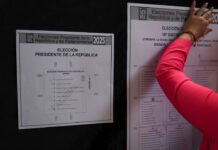
The United States government shut down on Wednesday after Congress and the White House failed to strike a deal on funding, deepening partisan divisions in Washington and triggering what analysts warn could be a prolonged standoff with major economic and social consequences.
The closure, the 15th since 1981, will halt the release of the September employment report, slow air travel, suspend scientific research, withhold pay from U.S. troops, and force 750,000 federal workers into furloughs, costing an estimated $400 million a day.
The impasse followed the Senate’s rejection of a short-term spending bill that would have kept government operations funded through November 21. Democrats opposed the measure, insisting on an extension of healthcare benefits for millions of Americans set to expire at the end of the year.
Republicans, led by President Donald Trump, argue the healthcare issue should be debated separately.
At the heart of the dispute is $1.7 trillion in agency funding, about one-quarter of the federal government’s $7 trillion budget, amid growing concerns over the country’s $37.5 trillion national debt.
Trump, who has pledged to radically reshape government, has already set in motion plans to cut 300,000 federal jobs by December. He warned Democrats that the shutdown could pave the way for “irreversible” actions, including deeper program cuts.
Markets responded nervously, with Wall Street futures slipping, gold hitting record highs, and Asian stocks wavering as investors braced for delays in critical economic data and the potential impact of widespread job losses.
The dollar weakened, hovering near a one-week low against major currencies.
The shutdown rekindled memories of the record 35-day closure during Trump’s first term in 2018–2019, which stemmed from a border security dispute. This time, healthcare funding has emerged as the Democrats’ rallying point ahead of the 2026 midterm elections.
Senate Majority Leader John Thune (R-SD) criticized Democrats for blocking what he described as a “nonpartisan” stopgap bill, while Senate Democratic leader Chuck Schumer accused Trump of “childish” tactics, including the release of a manipulated video mocking Democratic leaders.
“The rules of politics are radically changing,” said University of Chicago political scientist Robert Pape, noting that the growing influence of extreme wings in both parties could make compromise far more difficult.
With Republicans holding majorities in both chambers but still requiring Democratic support in the Senate to pass spending bills, there is no immediate path forward.
Independent analysts warn the standoff could outlast previous shutdowns, potentially reshaping the federal workforce and fueling political uncertainty in the run-up to the midterms.
Source: Reuters
Written By Rodney Mbua


















